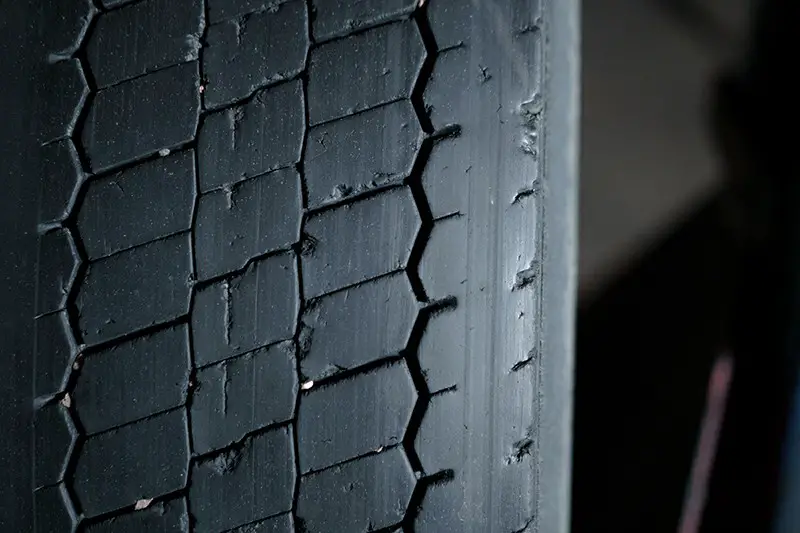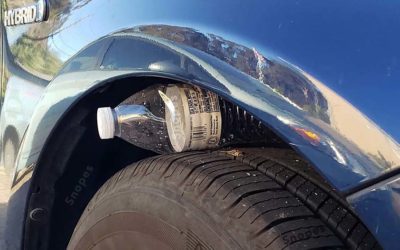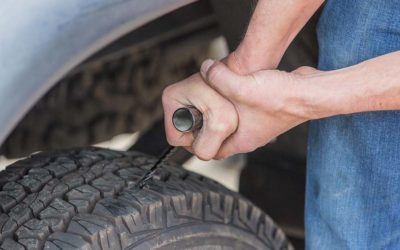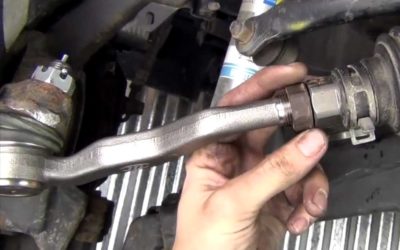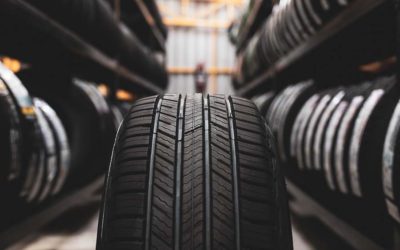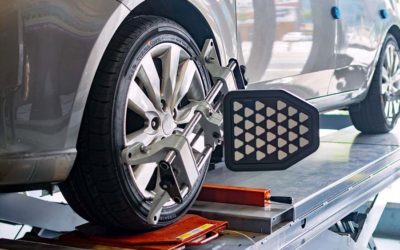Tires are your vehicle’s only parts that contact with the ground, so you must check, refill, or replace them as required to provide a smooth and secure ride.
However, as time passes by, the risk of the tires having a fault, wear out, or weakness increases significantly. And then the growth of dry rot is among the most typical reasons why tires wore out sooner.
What Is Dry Rot On Tires?
Tire dry rot, also known as sidewall weathering, is a noticeable crack in tire tread or sidewall produced by the breakdown of a tire rubber compound.
The phrase dry rot refers to a type of tire decay that can occur as the tire ages or is routinely exposed to damaging substances, terrains, or weather conditions.
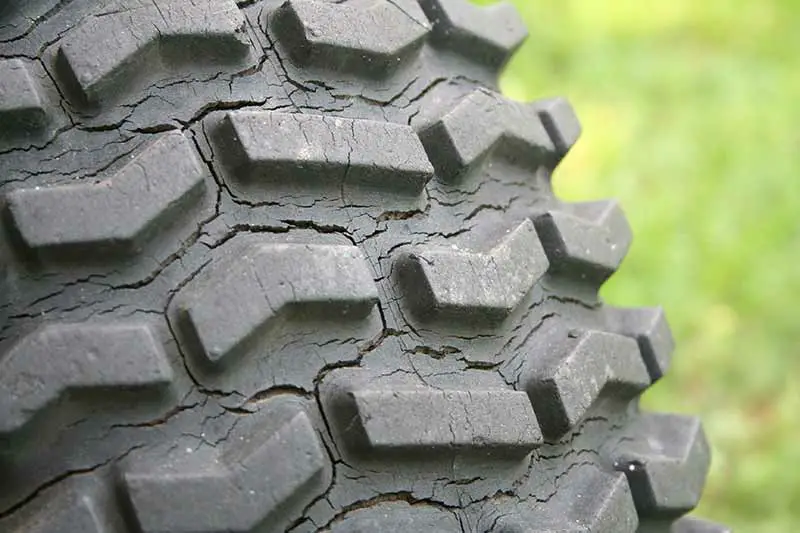
These visible dry cracked tires originated from several circumstances, such as excessive sun exposure, insufficient tire pressure, or merely not utilizing the tire for a more extended period.
So when are cracks in tire tread unsafe? When dry rot emerges in your tire, you have a limited time to solve the problem before your tires turn unsafe to drive on. A specialist can use a tire sealer to treat minor dry rot.
Advanced dry rot on tires calls for replacement. Dry rot permits air to leak from the tire that makes appropriate inflation challenging, if not impossible.
Dry rot may also induce unnatural tread contraction when driving, leading the tire to fall apart. Tires that have dry rot are likely to produce leaks, fractures, or blowout losses. In some circumstances, the rubber may detach from the tire remainder.
What Does Dry Rot Look Like On Tires?
Dry rot, as its name implies, is mainly characterized by fractures throughout the tire rubber. Users might see the following symptoms to know if tires are dry rotted:
Brittleness
Dry rot can dehydrate your tires. As essential oils seep out of the tires, they become brittle and clearly visible to the naked eye. You also might notice little bits of rubber separating from the tire after a short period.
The Tire Treadstone Cracks
Developed dry rot tires may produce tiny cracks over the outside margins of the tire tread. Even though it has proper depth generally, these fissures can influence your vehicle’s handling.
The Tire Sidewall’s Cracks
Fissures on the sidewall of the tire can also appear in minor cases of tire dry rot. Those cracks might emerge in a single spot or spread across a big piece of the hubcap.
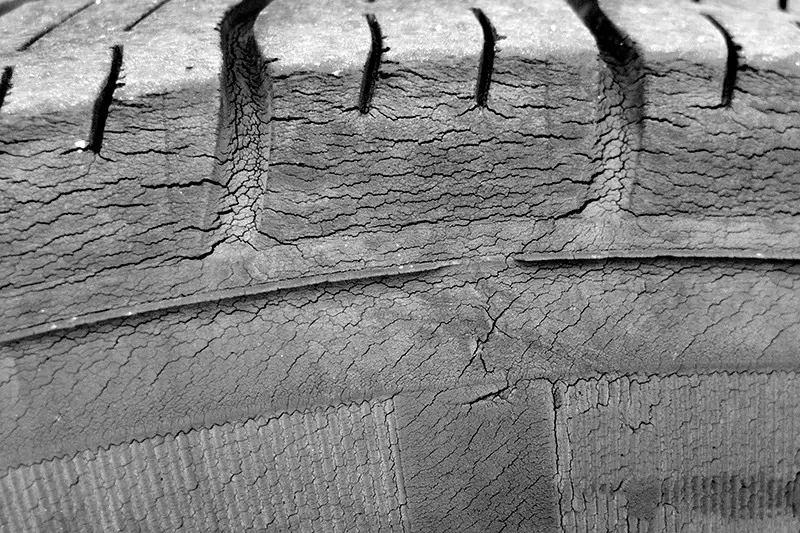
Discoloration
In case your tire starts to turn gray rather than black color, it could be suffering from dry rot. Fading can occur before or after cracking.
As a minimum once per year, check your tires for symptoms of dry rot. Because cold and warm weather can improve dry rot tires, prepare to check the tires throughout the early springtime or early fall time.
When you notice any of these symptoms, get your tires checked by the tire and wheel technician to decide if they are safe enough to use.
What Causes Tire Dry Rot?
Since we could not fix the dry rotted tires, it is critical to limit the likelihood of cracked ties forming in your tires. The first approach in avoiding dry rot would be to replace outdated tires with new, elevated ones.
Pay much attention to the chemicals and situations to which your tires are exposed if you want to protect them throughout time. To maintain your tires in good condition, keep your car away from the following actions:
- Coarse or toxic materials, such as pool chemicals treatment, engine oil, and commercial stain removers
- High or intense sunshine delivers damaging UV rays to the tires
- Shallow temperatures
- Hot temperatures
- Long spells of inactivity
- Ozone produced using electrical appliances
- Underinflation, mainly when we use the automobile frequently
For more: Can I Replace Just One Tire?
How To Prevent Tire Dry Rot
To keep your tires from prematurely cracking, practice regular tire care and maintenance. Check out several solutions we listed below to know more about how to protect tires from dry rotting:
Inspections regularly
Check the sidewalls and treads of the tires regularly to monitor the general condition. Explicitly search for any discoloration, cracks, wear, bulges, or other unnatural blemishes.
Avoid Parking In Direct Sunlight For Long Periods
Excessive UV ray exposure from sunshine, particularly in persistently warmer areas, is a primary cause of early sidewall weathering.
The severe sunlight and heat may harm vehicles, so it is better to park in the basement or shady places.
Cleaning And Safeguarding
The most straightforward technique is to clean the surface once a month with a rag and a light dish soap. After cleaning the tires using soap, rinse them with clean water.
A water-based cleanser or product like this will not hurt the tires by providing new chemicals that may affect the tire’s components and compounds.
Avoid Toxic Products and Chemicals
If you intend to use the other tire absorbent materials or washing products, check their labels and be mindful of the various chemicals present on the tire.
Inflation of Tires Properly
Driving with underinflated tires is one of the primary causes of tire failure. Underinflated tires cause more tremendous wear on the tread, which generates excessive heat and can cause severe cracks, tire failure, or component separation.
Tires need to inflate to the manufacturer’s recommended rates, and the tire inflation pressure needs checking per 4 weeks.
Once your tires have sidewall weathering or cracking, it will be harder to maintain them correctly since air loss may occur via the split areas. The single most significant thing to increase tire longevity and optimize tire life is to maintain optimum inflation pressure.
Avoid Overloading
Adding weight above the maximum load is called “overloading.” It puts undue strain mostly on tires. This extra weight can cause severe tire failure or cracks.
Tire Storage Considerations
It is advisable to follow proper standards when storing summer or winter tires for an extended period. The best way to store tires is to maintain them installed on the wheels and keep them off the ground using hooks threaded rims.
Extended Parking Care
If a vehicle, such as a trailer, a vintage car, or recreational vehicle, is going to stay parked for such an extended period, you should take the following actions:
- Park your vehicle with the least pressure on the tires, on jack stands for example
- Keep your car away from direct sunlight
- Cover your vehicle and the tires to protect them from harmful UV radiation.
- Relocated your vehicle at least once every three months to change the tire weight
- Keep your car and tires in such a clean, dry place far from chemicals and extreme temperature changes.
Tire Dry Rot Prevention by video
Final Thought
Use this information about tire dry rot to ensure that your tires are in good condition and capable of transporting you wherever the road ahead may lead.
Remember that just as you would invest in your car, you should also invest in your tires. Follow the instructions for regular upkeep above to reduce the chance of dry rot on tire and learn how to keep your tires from dry rotting.

